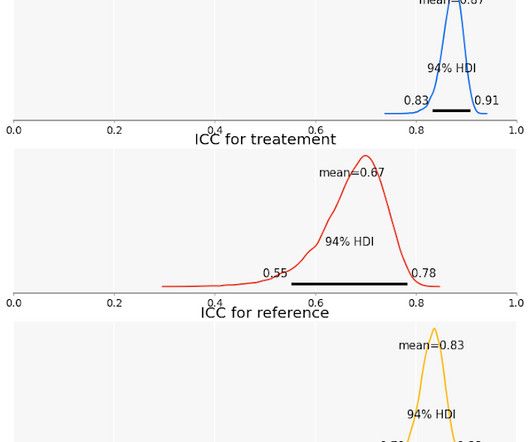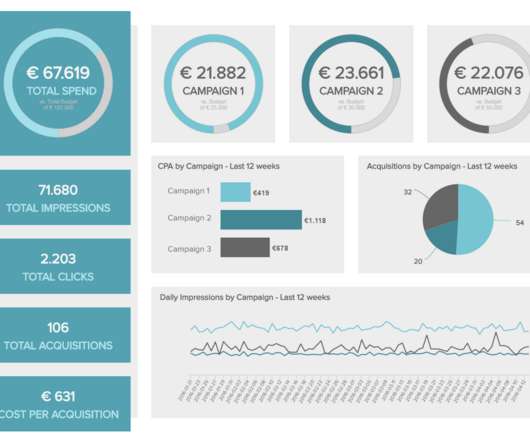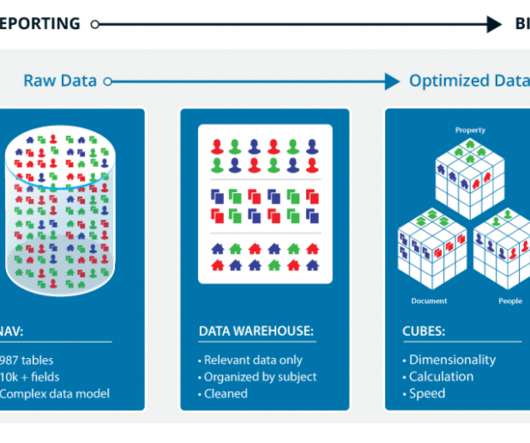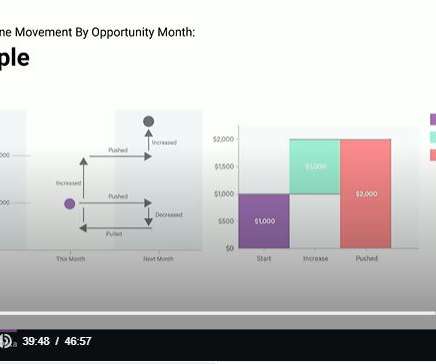Know Your Data Ingredients
Juice Analytics
JANUARY 20, 2020
1) Separate your metrics from your dimensions. Metrics are the data values that measure performance. The metrics are often the stars of the show ( Metrics are the Characters of Data Stories ) — like the proteins of your dishes. These are the ways you slice and dice your metrics.





















Let's personalize your content